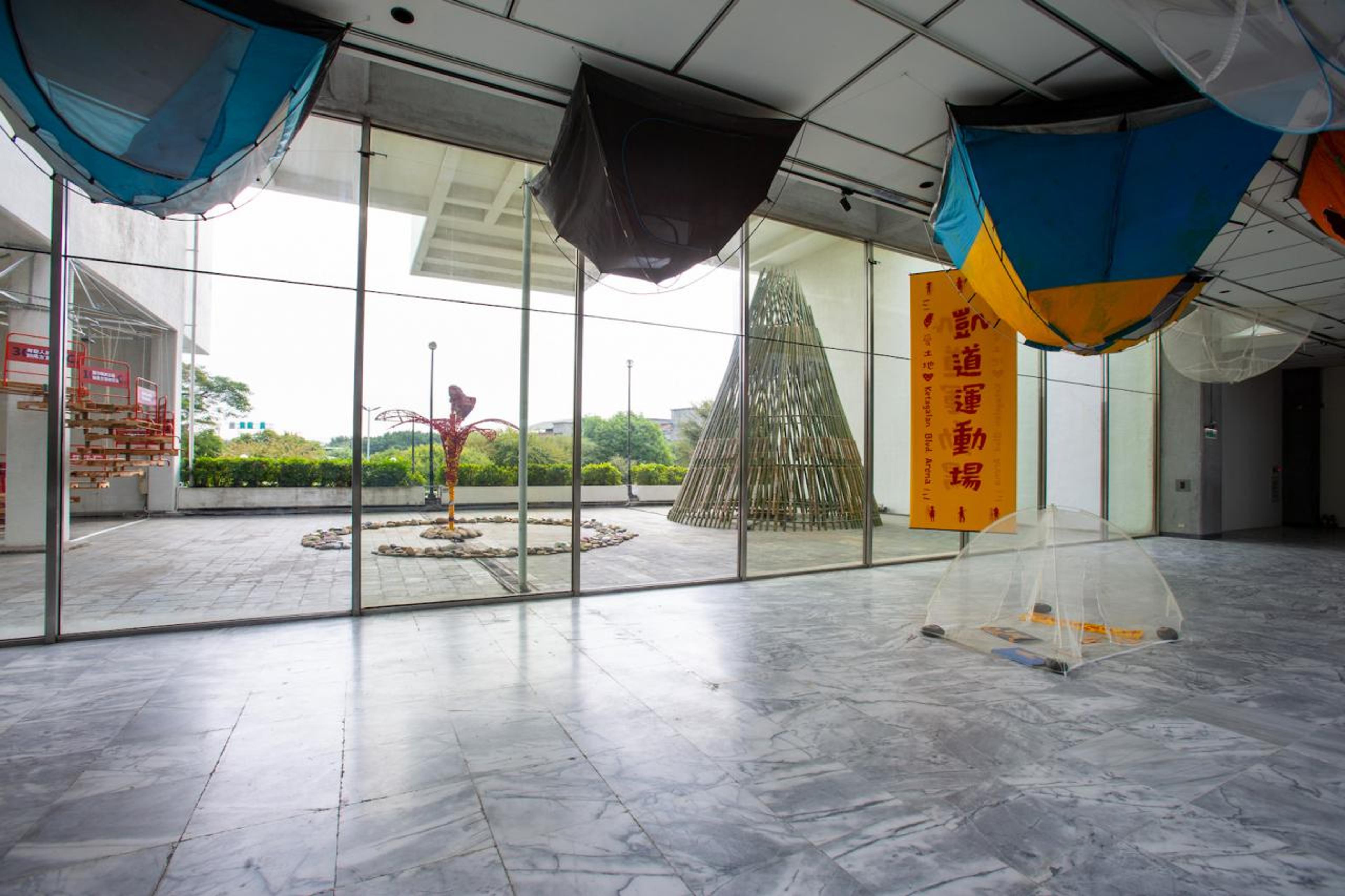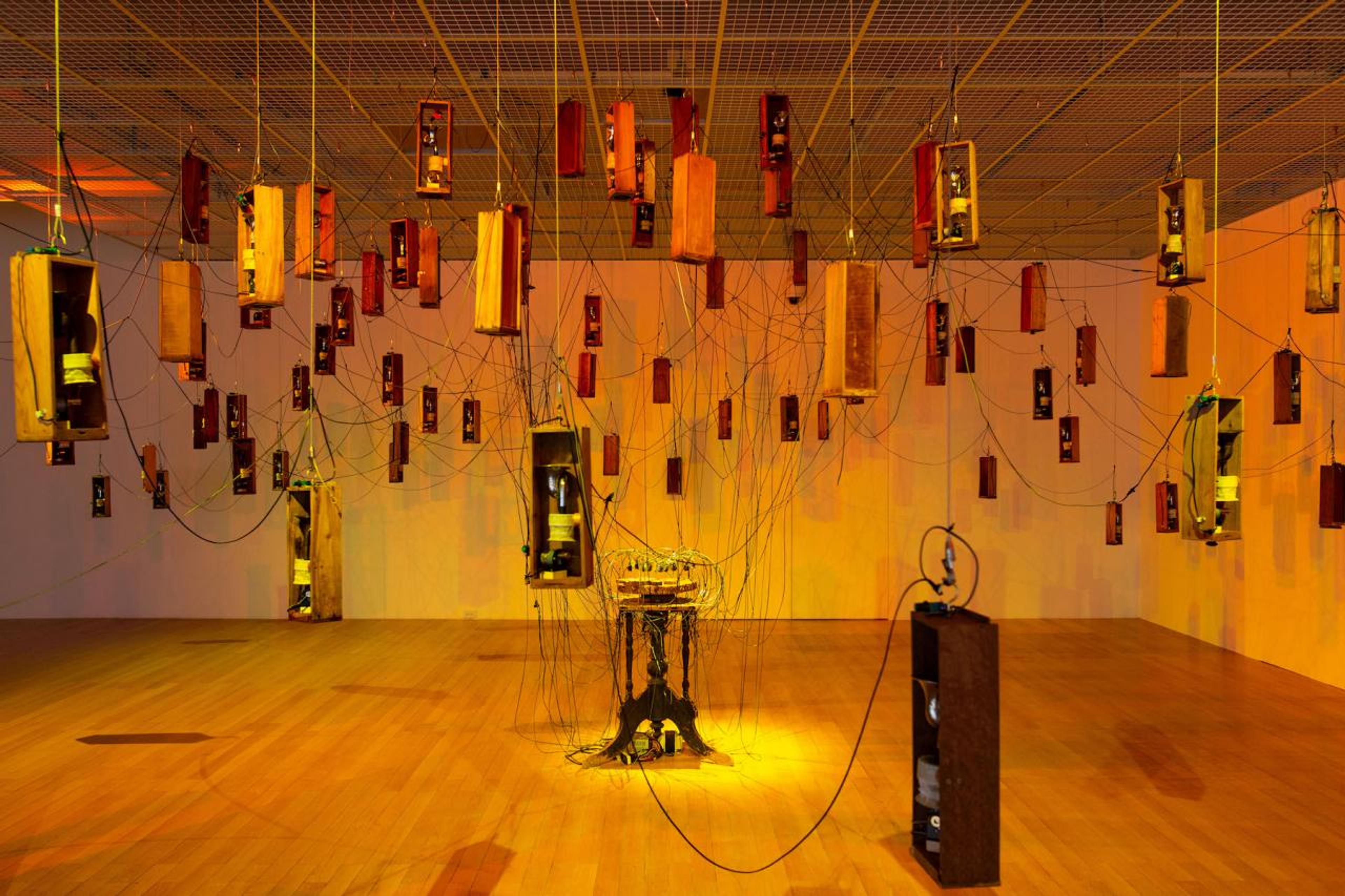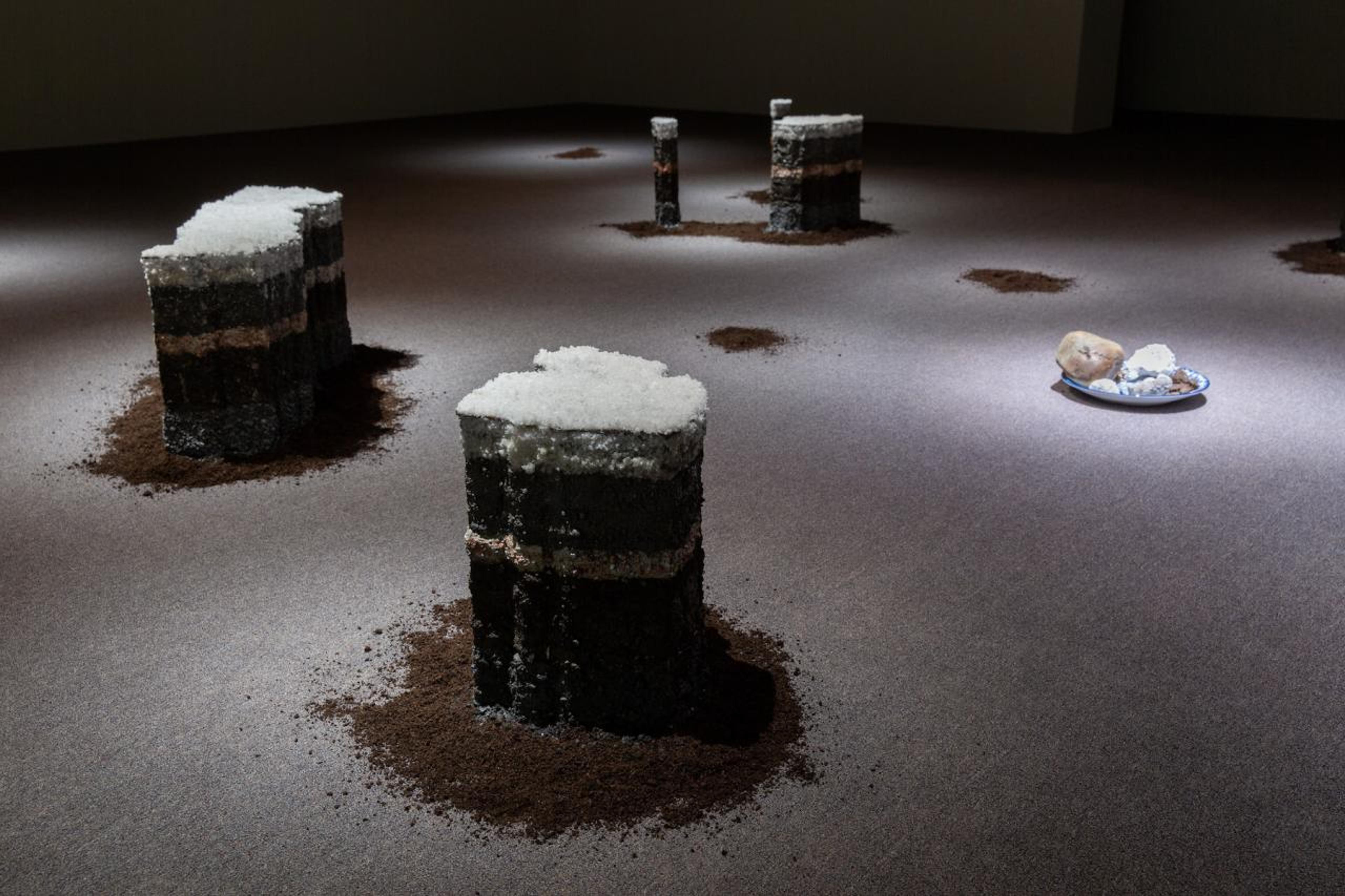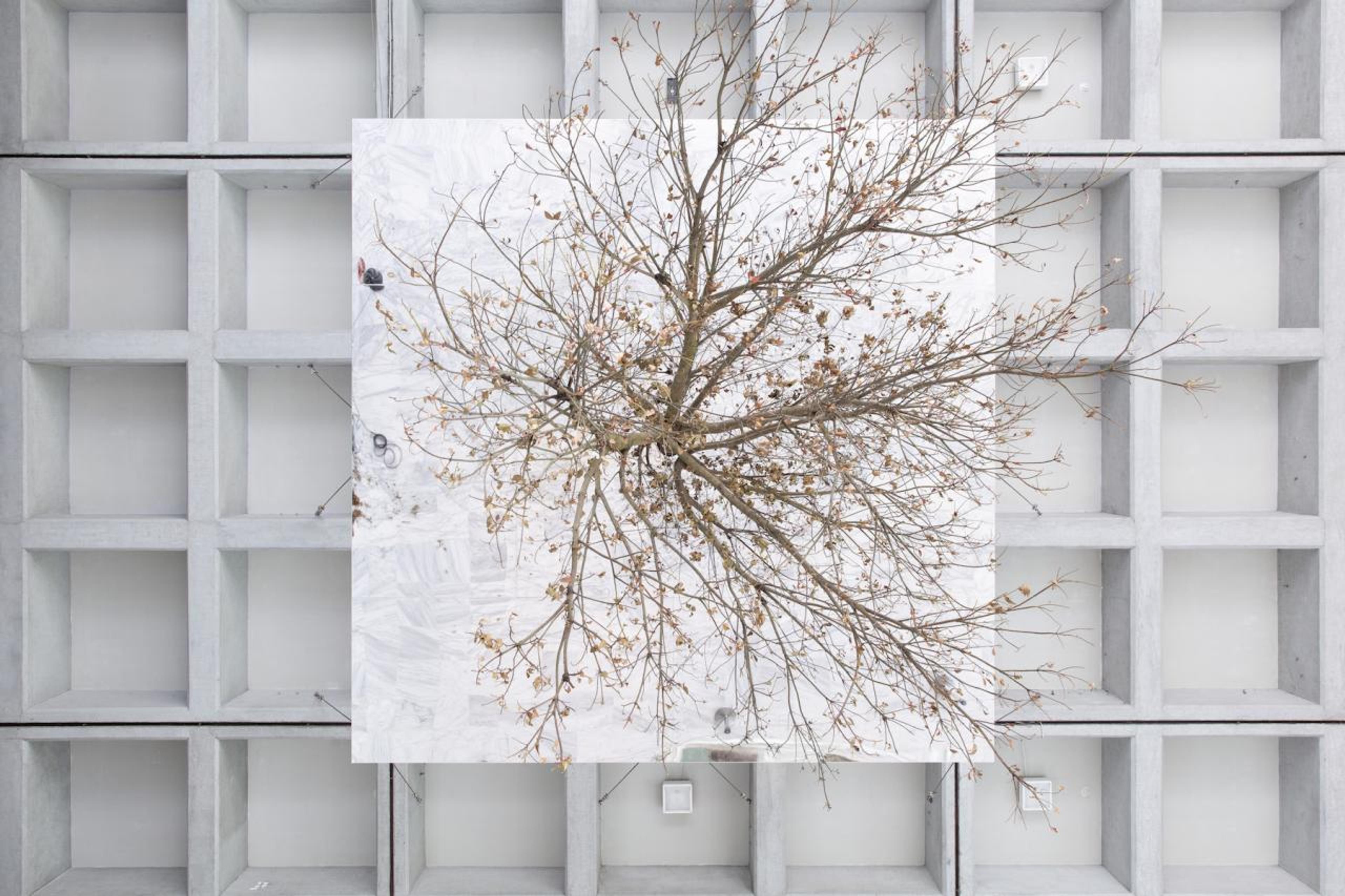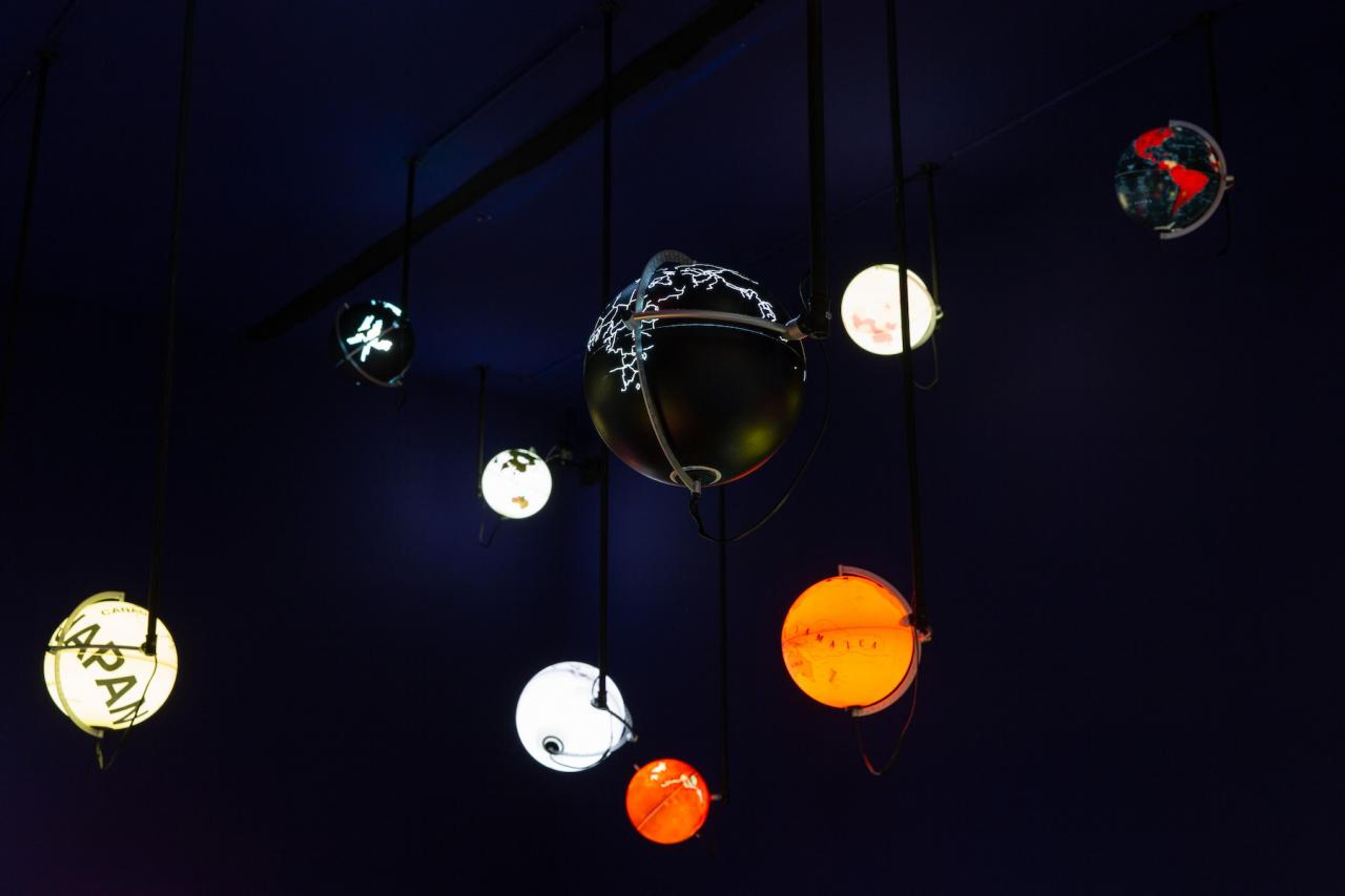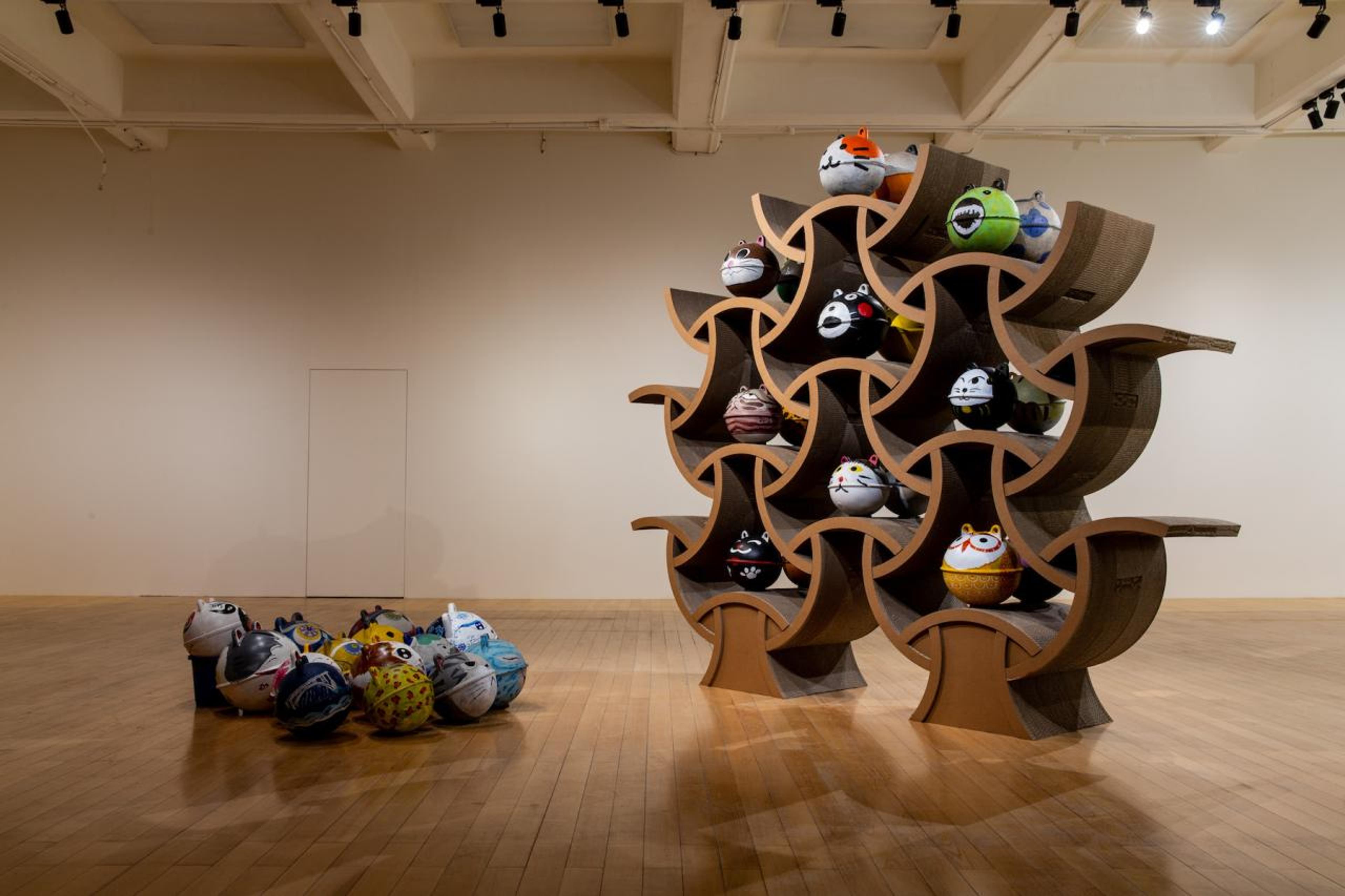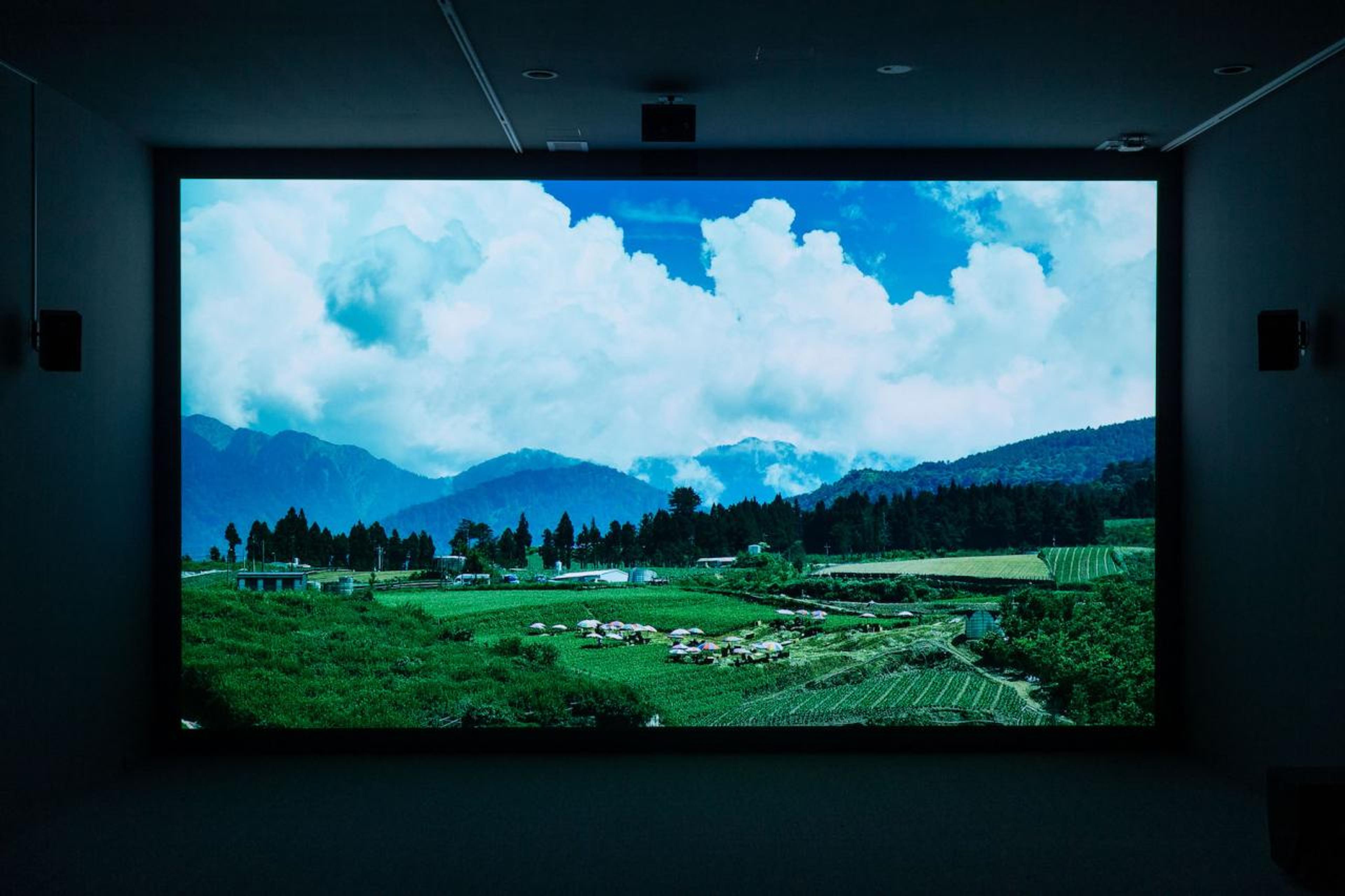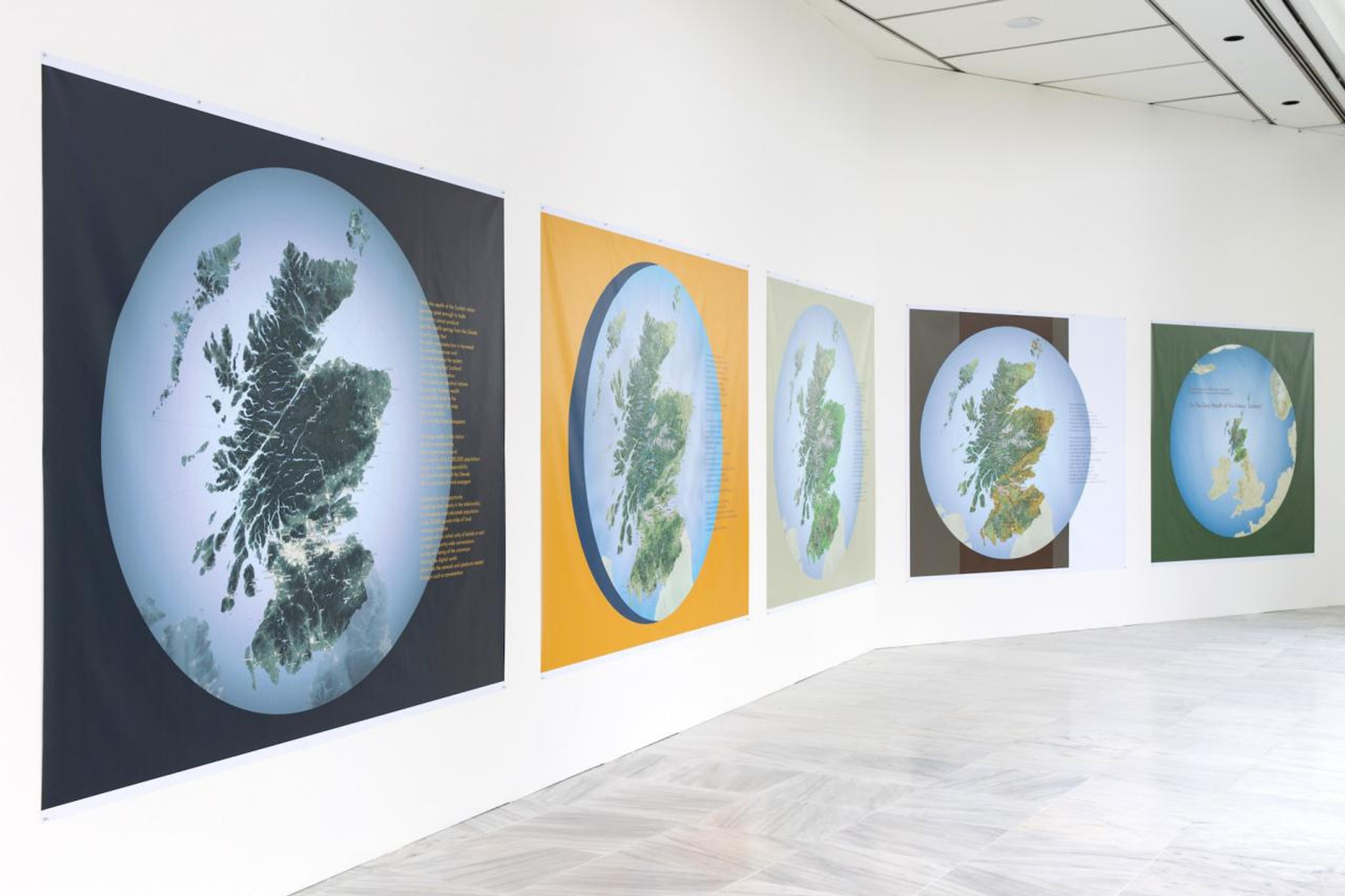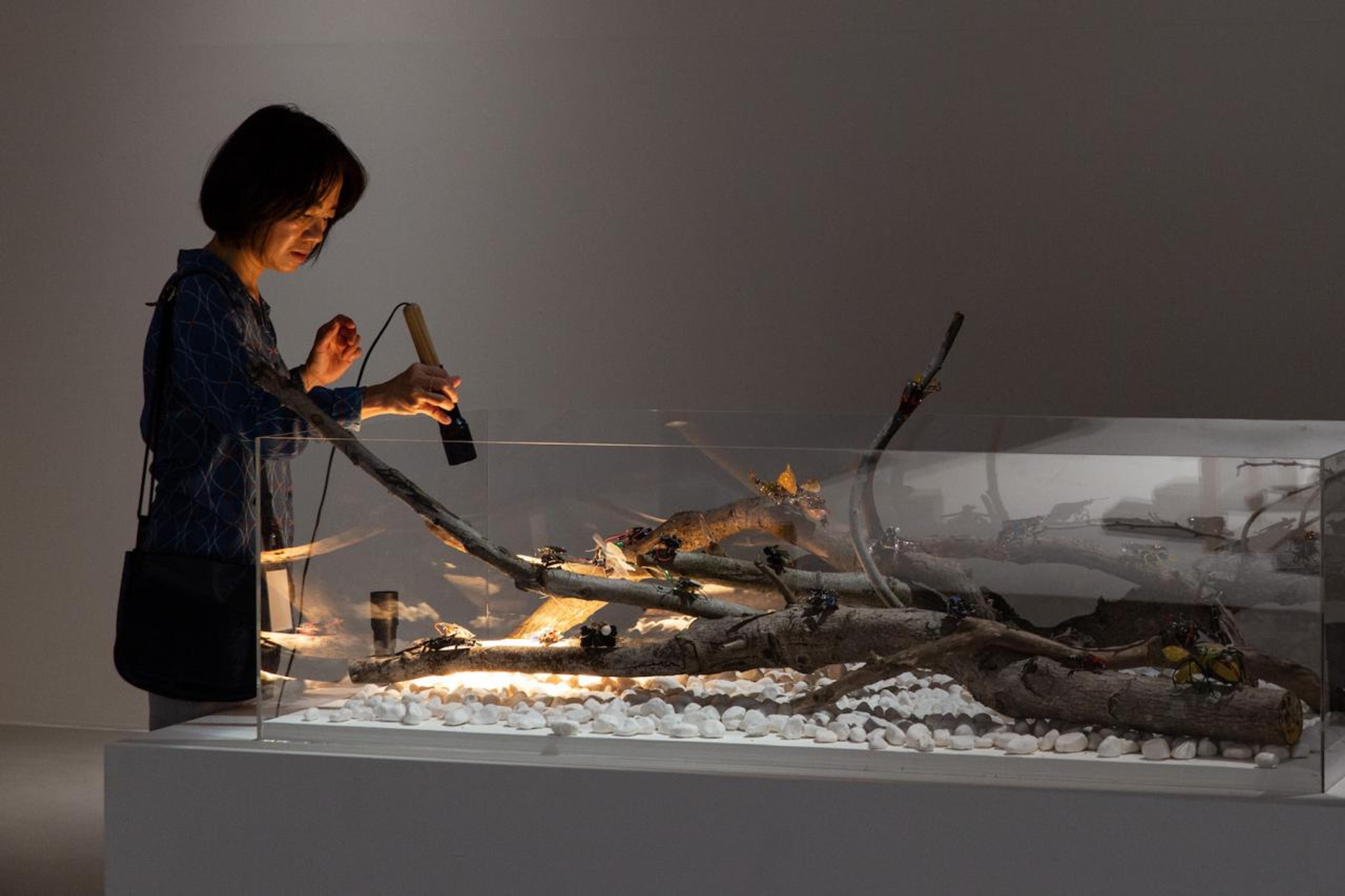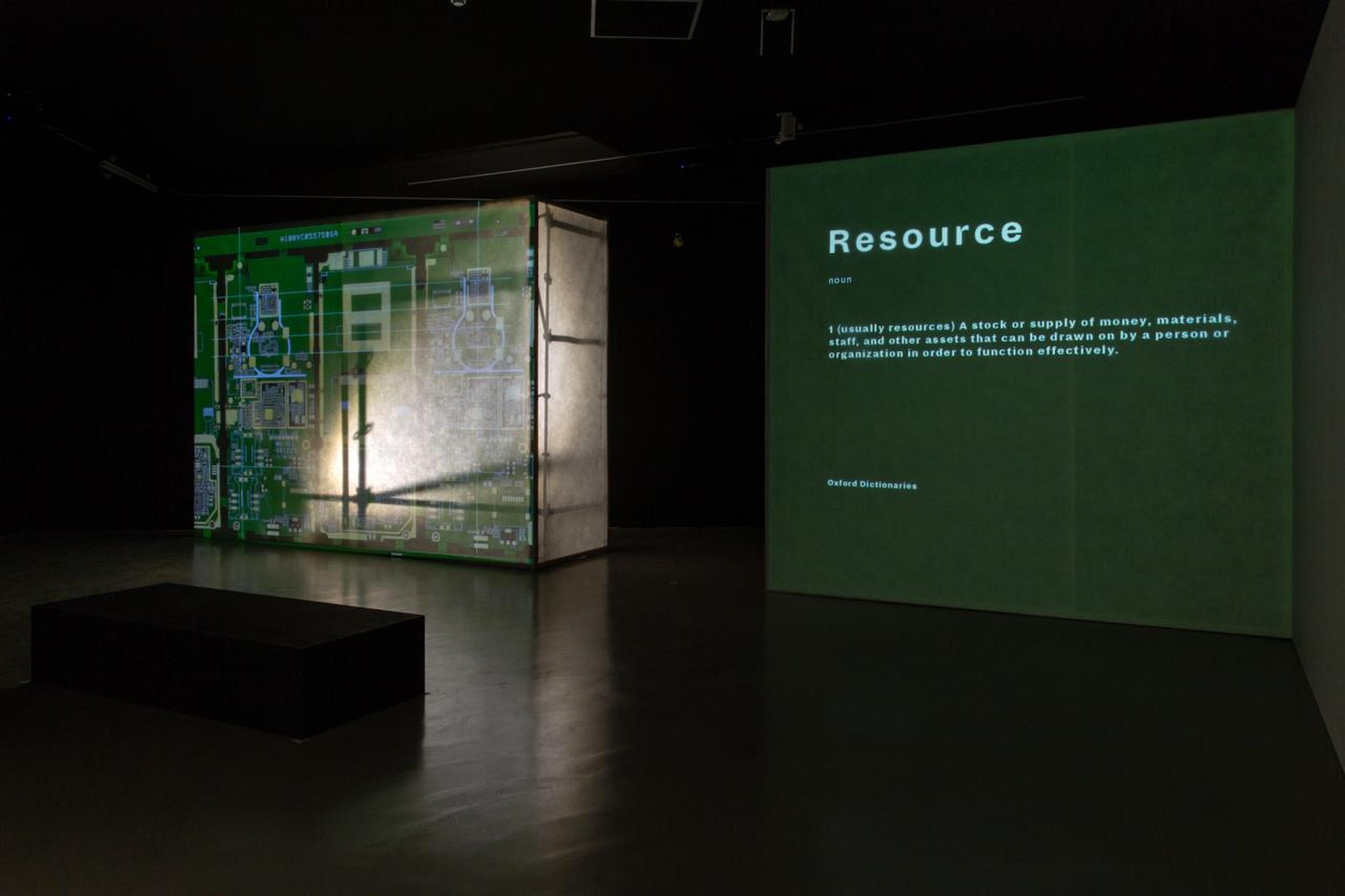Harry Burke: The biennial’s title makes me think of the American law professor Jedediah Purdy’s book After Nature, which proposes that there is nothing natural about nature, and that to survive humanity’s wreckful environmental impact we need „ways of thinking and acting in the world that would give a place to the nonhuman“. Art is often framed as a human, even humanising, endeavour, so what does it mean for an exhibition to address nature or post-nature?
Mali Wu: Post-nature doesn’t mean there is no nature, but rather that our understanding of nature should change. There is no division between human and nature; the human is part of nature. This biennial’s challenge is to change mindsets. For example, Laura Gustafsson and Terike Haapoja’s collaborative ongoing project the Museum of Nonhumanity addresses the museum as a colonial institution. In asking how it is possible to have a museum of nonhumanity, it confronts how we construct the other. Co-existence is an important principle in nature and it offered a curatorial methodology for us.
Given the museum’s problematic colonial genealogy, I wonder if it might need to be dismantled, even discarded, in a project of ecological democracy. What are your views on this?
We believe the museum should not be for specialists but for a general public. It should open its doors to everyone. Taipei Fine Arts Museum hosts educational programmes, but there should also be another way – a socially engaged art that transforms conceptual ideas into pedagogical methods. This is why we brought in NGOs and activists alongside professional artists. For the biennial, Keelong River Watch Union, which works on river remediation, has organised cultural and ecological bike tours along Taipei’s Keelong River. A museum is air conditioned with a good lighting system; you can’t present the smell of being outdoors or the feelings upon your skin. When you take the bike tour you understand how the river has changed in some sections because of water pollution, in others because of urban development.
Indigenous Justice Classroom Ketagalan Boulevard Arena (2018)
You also included work by Taiwanese novelist Wu Ming-Yi and scientific initiatives like ET@T. What resulted from your collaborations with non-artists and artists who look beyond the traditional notions of art?
The Taiwanese digital media organisation ET@T explores future possibilities of technology and argues that communication could work differently. For the biennial, they proposed Hanji, a moving robot who enables remote tour guides to interact with gallery-goers. It is an experiment and a forum for discussion. We are not yet sure what the outcomes of these collaborations will be, but no matter if we are talking about post-nature, posthuman, or postcolonial, it all has to do with technology.
”Our daily experiences are more vivid than those of Europeans or Americans, who often speak more abstractly about ecosystems or nature“
In the exhibition, a string of videos foreground performing bodies in local environments: Zheng Bo’s eco-sexual films shot in Taiwan’s woodlands; Khvay Samnang’s Rubber Man (2014), about the ecological devastation of rubber production in Cambodia; and Martha Atienza’s staging of an underwater procession through a coral reef near Bantayan Island in the Philippines, to name a few. Can any shared approaches be gathered from these?
Importantly, these artists are working in Southeast Asia, a region that has played a role as the factory of the world. Our daily experiences are very different, more vivid, than those of Europeans or Americans, who often speak more abstractly about ecosystems or nature. We are talking about what we are encountering, which is not just environmental issues but also health issues and different living conditions. Thanks to industrialisation, environmental damage is not equally distributed: a greater negative impact is happening here, and this awareness is rooted in the artists’ concepts.
HSIAO Sheng-Chien Return (2018)
In February 2017, the collective Indigenous Justice Classroom initiated the Indigenous Ketagalan Boulevard protest, which continues to demand the recognition of traditional territories. For this show, they’ve created an installation with sculptures and tents and are also leading seminars. Could you explain a little about indigenous politics in Taiwan and why you chose to include this collective in “Post-Nature“?
During the colonial period, the Japanese extracted resources and treated Taiwan as a model for other Southeast Asian countries. Yet an influential conception of nature, and how to manage natural resources, was brought to Taiwan during this period by the Japanese, themselves influenced by the US foresting policy. They wanted wood from Taiwan and drove indigenous people away from traditional territories in the mountains. When aboriginal communities were forced from these territories, not only was land dispossessed but culture also disappeared and a way of living was lost. The Indigenous Ketagalan Boulevard protest argues in the language of policy, and we took the opportunity of this exhibition to explore the ideas behind the policy. More than other artworks, Indigenous Justice Classroom’s installation converges issues. Land is a vessel that bears historical and cultural context, and even to bring these discussions into the museum is meaningful.
11th Taipei Biennial: “Post-Nature – Museum as an Ecosystem”
Taipei Fine Arts Museum
17 November 2018 – 10 March 2019
Ruangsak Anuwatwimon Anthropocene (2018)
Henrik HÅKANSSON Inverted Tree (Reflected) (2018)
Ingo Günther Worldprocessor (1988–ongoing)
Alexe Buldakov Scratching Post (2018)
HUANG Hsin-Yao Contact Prints of Baileng Canal (2018)
Helen Mayer Harrison & Newton Harrison On the Deep Wealth of this Nation, Scotland (2018)
Chen Chu-Yin + Solar Insects Vivarium Workshop, Paris 8 University Neo Eden—Solar Insects Vivarium (2015–2018)
Gustafsson & Haapoja, Museum of Nonhumanity ( 2016–ongoing)



